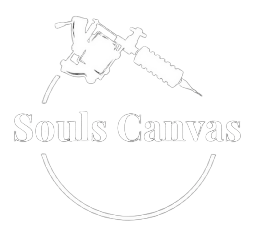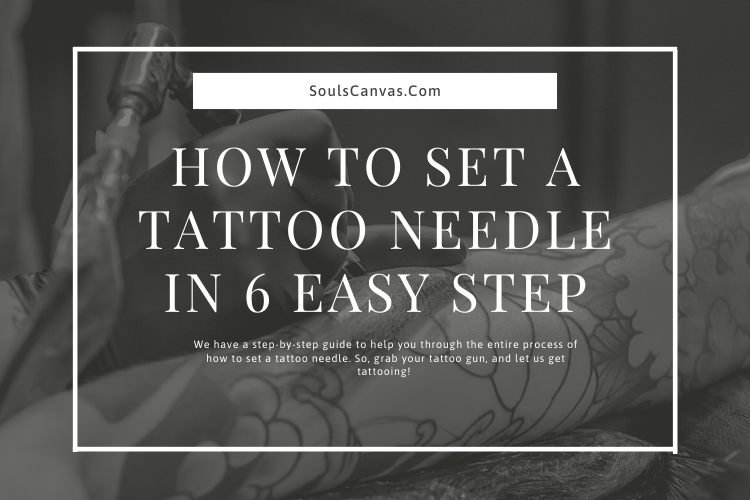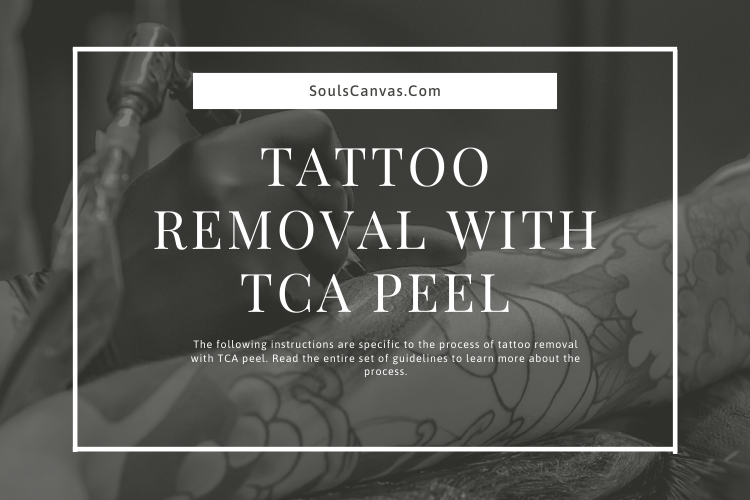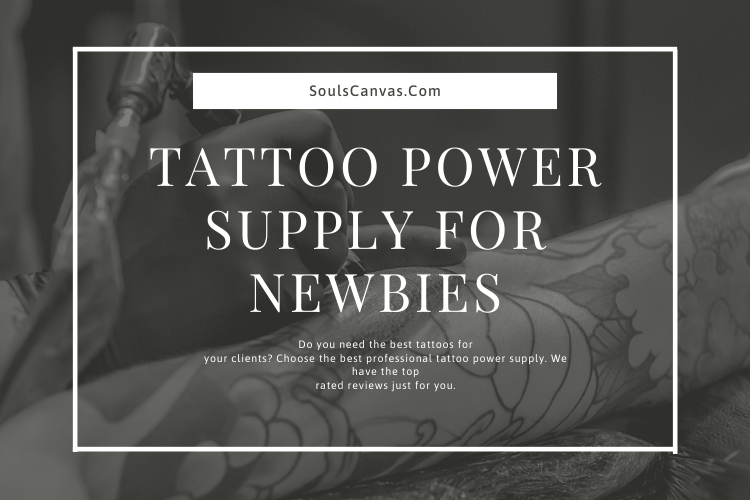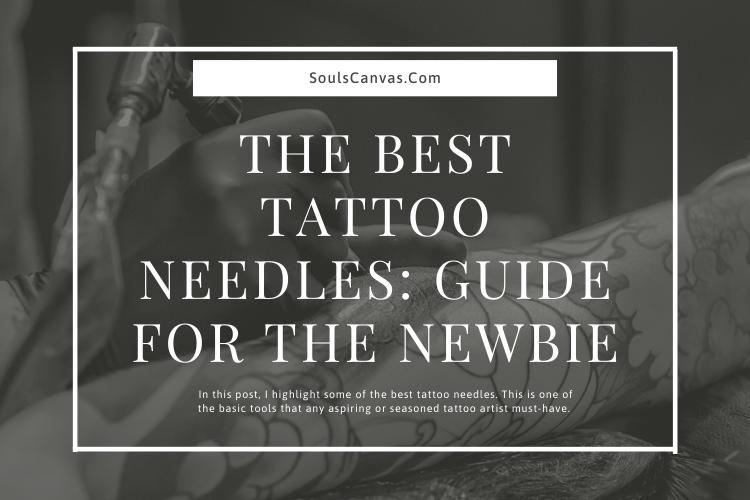It does not matter if you are new to body art or you have been in the tattoo industry for a while, needles can be complicated to deal with. Have you been looking for a complete guide that explains everything from scratch? If yes, you have come to the right place.
We have a step-by-step guide to help you through the entire process of how to set a tattoo needle. So, grab your tattoo gun, and let us get tattooing!
Tattoo needles 101
Before we dive into the specifications, there are a few basics that every tattoo artist should be aware of. To get the best results, it is important to know about the equipment you will be working with. These include tattoo needle types and sizes you should know about before getting started.
Types Of tattoo needles
Tattoo needles can either be standard or premium. The soldering quality of a premium needle is much better than that of a standard one. Further, these are the types found in the tattoo needle industry:
-
Flat shader needles
Usually used for lining, these pins are soldered on the needle bar in a straight line. If you need to deliver more ink into the skin, this popular choice is perfect for getting the job done. They do an excellent job with intricate work like shading. These needles are frontrunners when it comes to Japanese and traditional artwork.
-
Magnum tattoo needles
Magnum tattoo needles are the ideal choice for large areas of color because of their ability to deliver a lot of ink. These are great for shading, neo-traditional, and Samoan tattooing.
-
Curved magnum shader needles
These enable the ink to disperse in a clear-cut line as it’s pins arch at the center. This makes it easy for them to glide on the skin.
-
Magnum shader needles
These are the real winners when it comes to packing ink into a large area. This results in minimum trauma to the skin as it doesn’t require many passes to work the ink.
-
Double stack magnum shader needles
These needles work brilliantly for any intricate artwork because their pins are packed together tightly.
Round tattoo needles
These liners or shaders are soldered in round patterns around a central shaft. These work great if you are in for some technical work or are looking for an all-purpose color fill.
-
Round liner needles
As the name suggests, lining work is the specialty of these needles. Once they are dipped into ink, they only let a small amount of ink out. This makes them the unbeatable choice for dot work along with bold lining work.
-
Round shader needles
Unlike the round liners, these do not have their pins placed in close proximity. These are great for color filling, script, and lettering.
All about tattoo needle sizes
Now that we’ve got needle types all sort out, let’s take a look at how needle size matters. The diameter of a pin is responsible for how the ink flows from it. If the diameter is narrow, the stream of ink can be controlled better by the tattoo artist.
|
Number (#) |
Diameter (mm) |
|
6 |
0.20 |
|
8 |
0.25 |
|
10 (bugpins) |
0.30 |
| 12 |
0.35
|
Source: https://wholesale.tattooaddict.co.za/blogs/news/the-ins-and-outs-of-tattoo-needles
6 Steps About How to Set a Tattoo Needle
It’s imperative to be familiar with the basic mechanics of your tattoo machine before you get started with your artwork. Here is the step-by-step guide that contains all the information you require to get started.
Step 1
First of all, you need to make sure you have all the material required to set up the tattoo needle. You will need a stainless steel stem, tip and grip to start with. These are collectively called the tube. Make sure the tip is suited to the needle configuration and size.
For assembly, we connect the stem and the tip to the grip. Slide the stem into the back end of the grip and tighten the screw. Repeat this at the other end for the tip.
Step 2
Next, we need to install the nipple or grommet. A nipple is a small rubber component that is supposed to be put on the end of the armature before attaching the needle. A grommet is inserted into the nipple eye first instead of on the armature bar.
Before we place the needle in its place, we need to create a slight bend in it. This is necessary so that the curve applied to the rubber bands is compensated. With the bar on top and needle configuration at the bottom, bend the needle upwards from the middle slightly. This is perfect for a stainless steel tube. In the case of disposable tubes, don’t put too much bend on them to avoid excessive friction.
Step 3
Put the needle in with the needle configuration underneath the bar so that the tip will sit correctly. Cautiously, insert the needle into the tube. If you are working with a three-piece tube, make sure you don’t bend the needle on the upper edge of the tip.
If you face any resistance while sliding the needle in, do not force it in continuously. Pull the needle back and lift it a little within the tube and then push it back in. Damaged needles can cause the skin to tear, so take all the time you need to insert it correctly.
Step 4
Once your needle has successfully been placed in the tube, take your machine and slide the tube with the opening and the tip facing upwards through the vice-grip. Pry the vice open with a screwdriver if the grip is too tight. If it is close-fitting, you can try twisting the tube back and forth.
Tighten the vice while the tube is inserted halfway. The further the vice goes in, the harder it is to grab the needle and attach the loop to the armature bar. So, make sure not to push it in more than required. Adjust the equipment properly once everything is set in place.
Step 5
Grab the needle and pull it up towards the armature bar and attach the eye to it by slipping it over the peg on end. Do not bend the needle unnecessarily while doing this step.
Now adjust the tube vertically to set the amount of needle writing depth correctly. This refers to the amount of needle present out of the end of the tip while the machine is not being used. Loosen the vice and raise or lower the tube to set the desired depth.
Step 6
Finally, attach rubber bands. Make sure you use more than one so that you have a backup if a rubber band breaks. This will make sure that the tattoo needle doesn’t move off track while it’s being used. And it’s ready to be used!
Summing up
The tattoo industry is chock-full of tattoo needles, so you must make sure you choose the right one for your artwork. After reading this guide, hopefully, you will find the confidence to set up your tattoo needle perfectly. If your assembly is spot-on, tattooing will be a breeze.
Sources:
- https://www.youtube.com/watch?v=2WhIYi9d_yw
- https://www.barberdts.com/uk/advice-hub/tattoo-needle-guide/
- https://wettattoo.com/blog/complete-guide-to-tattoo-needles
Disclaimer – This content has been made available for informational and educational purposes only and not intended to be a substitute for professional advice.
